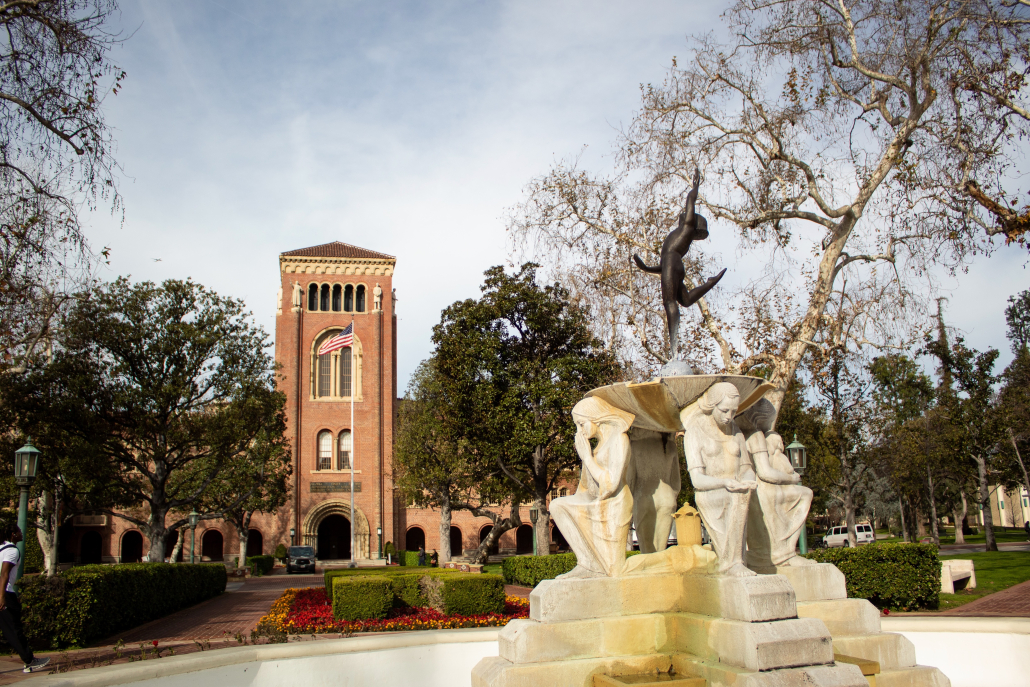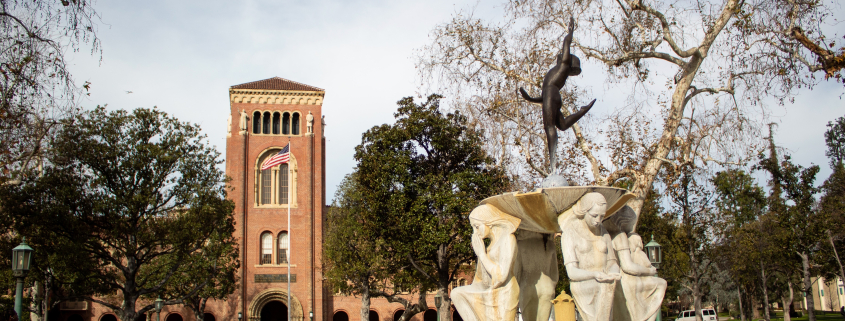Students shaken by Turkey, Syria quake

Millions across the Middle East were jolted awake Monday morning when a 7.8 magnitude earthquake struck Turkey and northern Syria. More than 4,300 deaths have been reported and more than 13,000 are reported injured in Turkey alone, shocking the student body and hitting close to home for students from the region.
The quake was centered in Gaziantep, a town in South Central Turkey, where residential brick buildings were especially vulnerable to the shaking. Videos on social media show survivors fleeing the rubble and fire in near-freezing temperatures.
A United States geological survey reported the mainshock occurred at 4:17 a.m. and was followed by multiple aftershocks, one of which reached 7.5 magnitude.
Ipek Narbay, a junior majoring in neuroscience who was born in Turkey, wasn’t initially surprised when she had heard that there had been an earthquake. Having grown up there, she was used to them. But once it was announced that the quake was a magnitude 7.8, she became seriously concerned.
“Thankfully, I don’t have any family in [the affected region],” Narbay said. “However, some of my close family friends did end up losing family members to the earthquake and they’re still trapped.”
Emir Ceyani, a doctoral candidate in electrical engineering and president of the Turkish Graduate Student Association, immediately panicked when he heard the news.
“I was completely shocked and immediately called and texted my family and my close friends,” Ceyani said. “Luckily for my case, there are no casualties at all, so I am really glad.”
As a leader of the Turkish community on campus, he is already working to spread awareness about the tragedy and fundraise for those in need.
“We’ll try to collaborate with the Turkish Trojan Association and MENASA to make a fundraiser and we would also like to open an information booth,” Ceyani said.
Across the globe, nations and humanitarian groups are already pledging aid, and Turkish President Recep Tayyip Erdoğan has dispatched significant search and rescue forces.
“Turkey is a very community based country, it’s a collectivistic society. I know that everyone’s going to show up and do their part with search and rescue and [provide] the necessary resources,” Narbay said. “I hope that other countries will give the same attention and funding and resources [to Turkey] as they do [for] hurricanes and catastrophes in the U.S.”
The recovery efforts will be complicated by ongoing conflict in the region: Gaziantep is home to one of the largest aid operations in the world by the United Nations High Commissioner for Refugees, meant to help cope with the high numbers of Syrian refugees in the area. The area of northern Syria impacted by the quake is currently under disputed ownership between the Damascus government and the Syrian Civil Defense, which experts predict may inhibit accurate data collection on casualties, deaths and damage.
Krisilda Atieh, a senior majoring in biological sciences, was born in Syria and moved to the U.S. as a 10-year-old. She said she is concerned about the availability of recovery resources available to her home country in the midst of the conflict.
“I know a lot of donations are being gathered, but are they going to be able to get delivered?” Atieh said. “What cities can [aid groups] get access to? Recovering is going to be really difficult and it’s definitely going to take a long time. But I hope, eventually, Syria can go back to the beautiful country that I remember.”
Of the 4.1 million Syrians displaced by the nation’s civil war who rely on daily humanitarian aid for survival, 2.7 million reside in the area of northern Syria and southern Turkey impacted by this quake.
The shaking was so intense it was felt hundreds of miles away in Cyprus, Egypt, Israel, Jordan and Lebanon. This was the world’s highest magnitude earthquake since Afghanistan’s 5.9 magnitude quake in June that killed more than 1,000 people.

